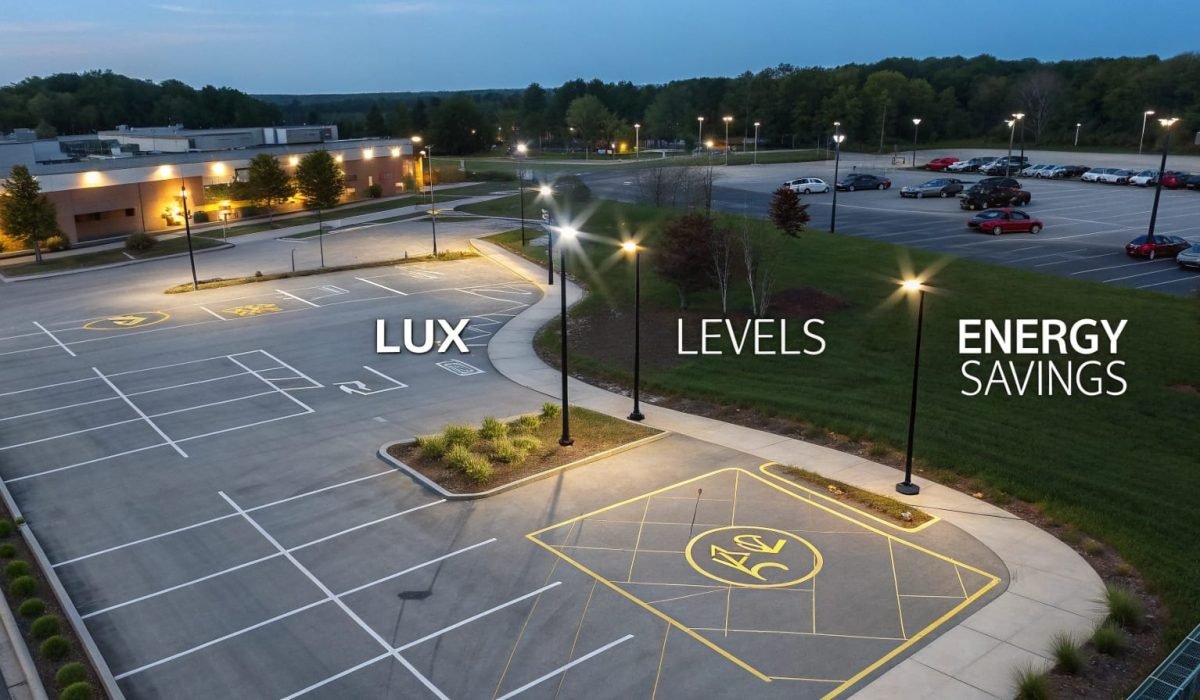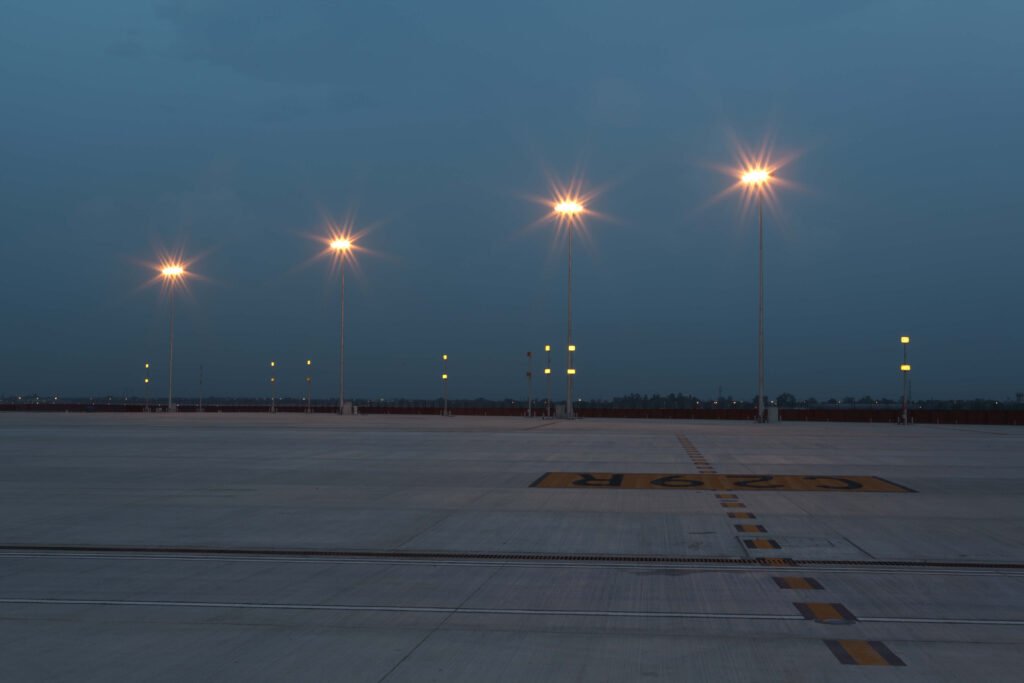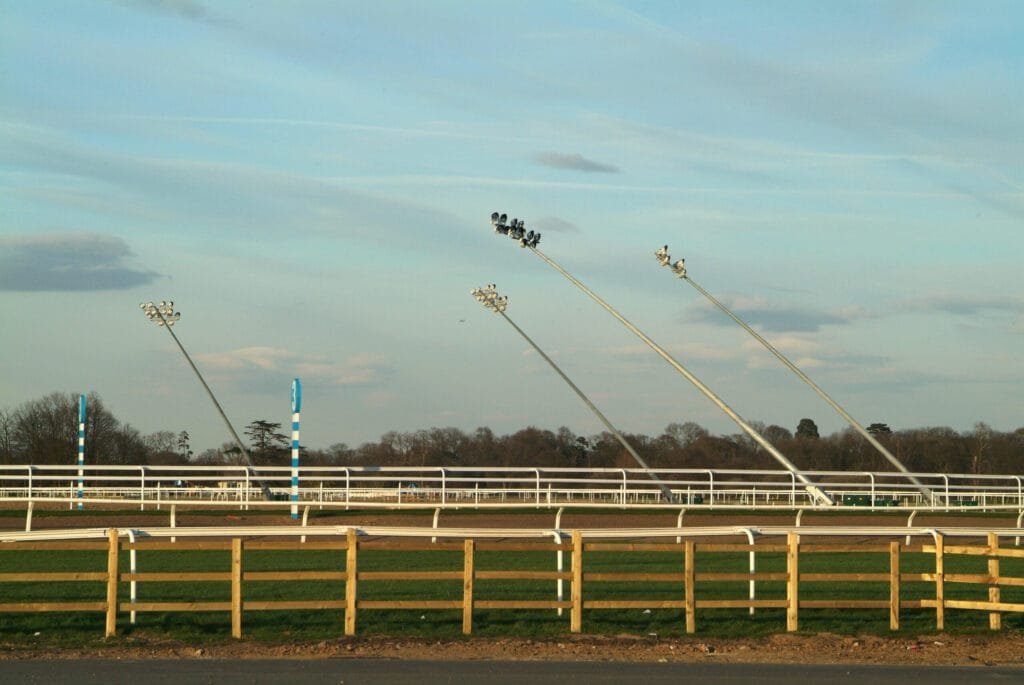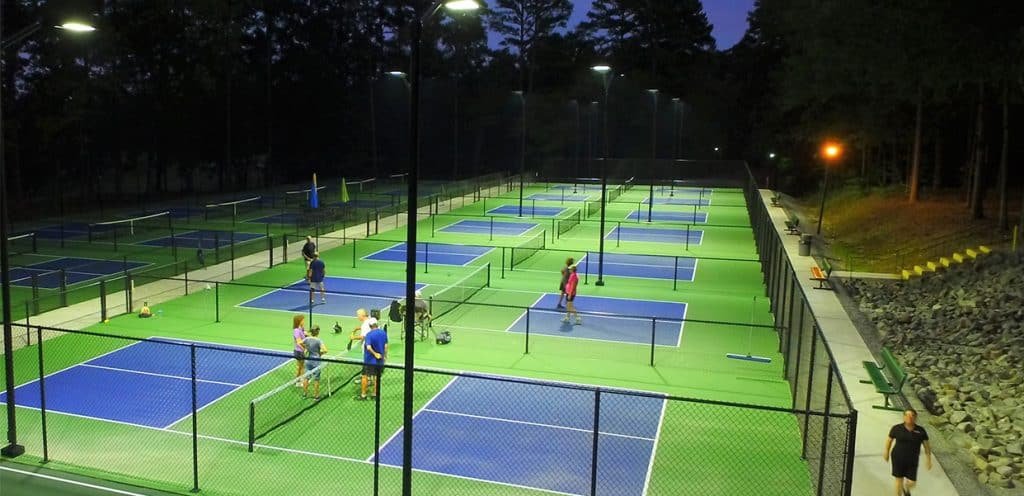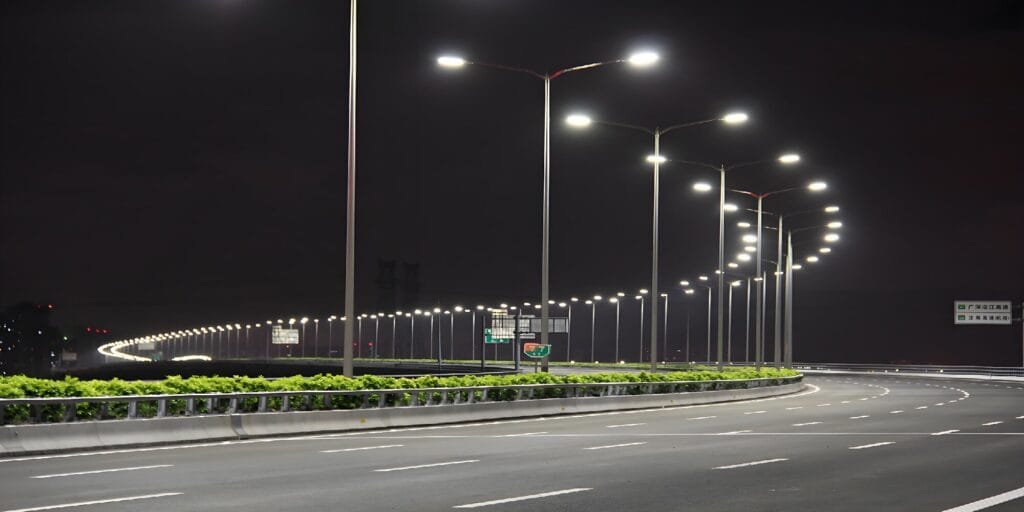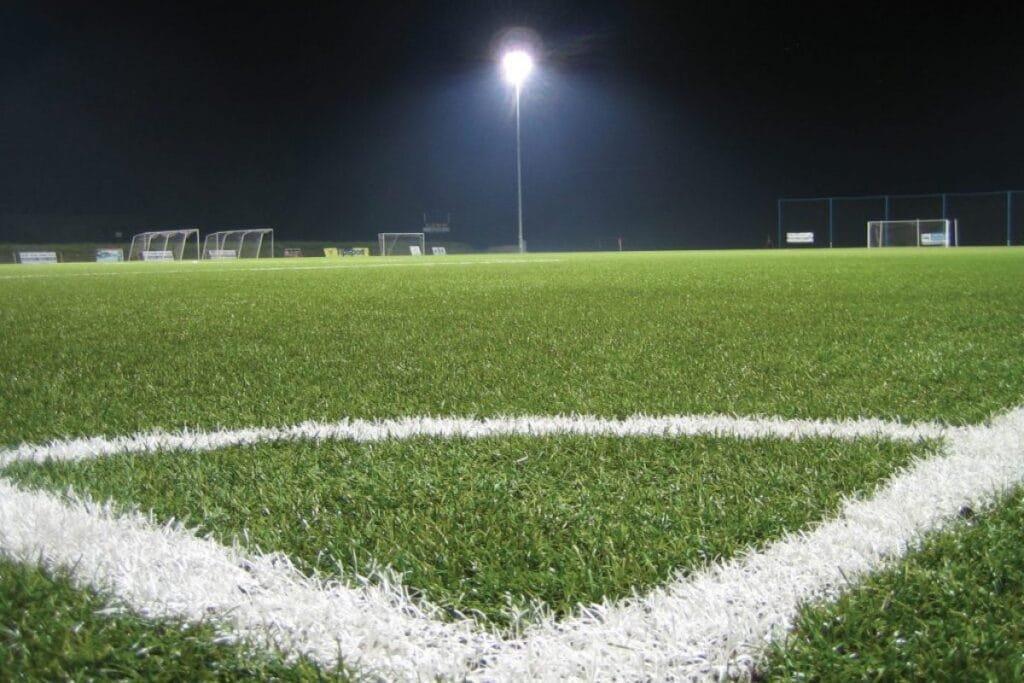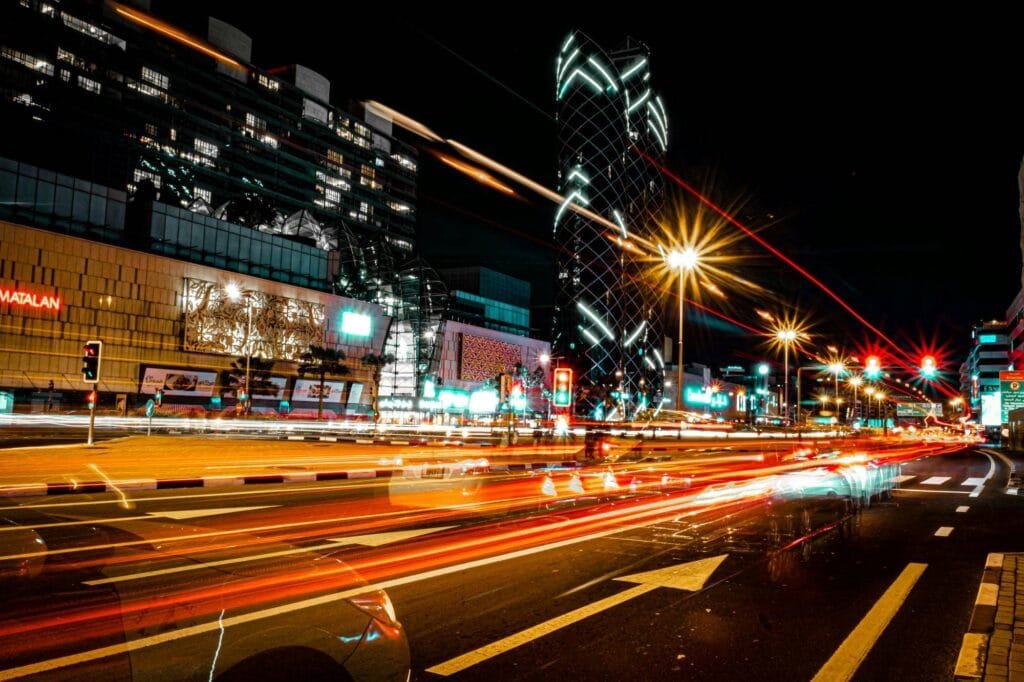Accurate lighting calculations are the foundation of efficient outdoor lighting designs, ensuring proper illumination, energy savings, and compliance with standards. Whether it’s street lighting, sports field illumination, or other exterior applications, a structured approach can make a significant difference.
Lighting calculations help determine how much light is needed, the optimal placement of fixtures, and the energy required to achieve the desired effect.
This guide explains the methods and tools involved in performing lighting calculations for various outdoor projects.
Introduction
Lighting calculation involves techniques and formulas used to determine the most efficient way to design lighting systems that meet specific requirements. These systems must achieve optimal brightness, uniformity, and energy efficiency. Tools like Dialux and Relux make it possible to simulate and refine lighting designs before implementation, ensuring both functionality and compliance.
Why Are Lighting Calculations Important?
Proper lighting calculations provide several benefits:
- Tailored Solutions: Ensure the right combination of fixtures, wattages, and optics for each space.
- Energy Efficiency: Reduce unnecessary power usage and minimize light pollution.
- Enhanced Lighting Quality: Achieve uniform brightness and avoid issues like glare or uneven distribution.
- Regulatory Compliance: Meet industry lighting standards and safety requirements.
By using calculated lighting designs, projects not only look better but also perform more efficiently over time.
Key Formulas for Lighting Calculations
Basic Formula for Illuminance (E = F / A)
This formula calculates the light level over a given area:
- E: Illuminance (lux)
- F: Luminous flux (lumens)
- A: Area (square meters)
Example: A 3×3 meter space lit with a 4500-lumen bulb will have an average of 500 lux (E = 4500 / 3 / 3).
Multi-Luminaire Calculation (E = F × Q × MF / A)
For setups with multiple fixtures, use this expanded formula:
- E: Illuminance (lux)
- F: Lumen output per fixture
- Q: Quantity of fixtures
- MF: Maintenance factor
- A: Area (square meters)
Example: In a 36×18m area, eight LED floodlights (each producing 48,000 lumens) provide approximately 474 lux when adjusted for a maintenance factor of 0.8.
The Role of Lighting Simulation
Lighting simulation software, such as Dialux or Relux, allows designers to visualize and optimize lighting layouts digitally. This approach saves time, identifies potential issues early, and ensures accurate results.
Steps to Perform a Lighting Simulation
- Measure the dimensions of the project area and define its lighting requirements.
- Select suitable fixtures based on initial calculations.
- Input data into simulation software and adjust variables like wattage, beam angle, and fixture placement.
- Analyze the results to ensure compliance with standards and refine the design as needed.
- Generate reports and diagrams for implementation.
Simulation is an invaluable tool for both large-scale projects like sports stadiums and smaller spaces like parking lots.
Calculating Street Lighting
Key Factors to Consider
- Road Layout: Width, length, and surface material.
- Pole Configuration: Height, spacing, and type.
- Lighting Standards: Adherence to EN13201 or equivalent road lighting guidelines.
Simulation Process
- Define the road’s dimensions and type.
- Select poles and fixtures based on required luminance and uniformity.
- Use software to simulate fixture placement, angles, and spacing.
- Adjust settings to minimize shadows and over-lighting.
Street lighting projects require careful planning to balance safety, energy efficiency, and cost.
Calculating Sports Lighting
Important Considerations
- Field Dimensions: The size and type of the sports facility.
- Uniformity: Ensuring consistent brightness across the field to avoid dark spots.
- Standards Compliance: Meeting requirements for professional or recreational sports lighting.
Steps for Sports Lighting Design
- Map the field dimensions and determine the lighting intensity needed.
- Place poles strategically to avoid shadows and glare.
- Simulate various layouts and adjust fixture wattages and angles for uniformity.
- Export the final design and verify its compliance with sports lighting standards.
Proper sports lighting enhances both player performance and audience experience.
Calculating Exterior Lighting
Common Applications
- Parking lots
- Parks and recreational spaces
- Industrial yards and roads
Steps for Designing Exterior Lighting
- Analyze the layout and unique features of the outdoor space.
- Determine lighting goals, such as safety, aesthetics, or energy savings.
- Use simulation software to model the area and select appropriate fixtures.
- Adjust placement and output for uniform coverage.
Exterior lighting must often account for irregular layouts and diverse lighting needs.
Summary
Effective lighting calculations are crucial for achieving the right balance of brightness, efficiency, and design in outdoor lighting projects. By applying key formulas and leveraging advanced simulation tools, you can create systems tailored to specific applications like streets, sports fields, and exterior spaces.

